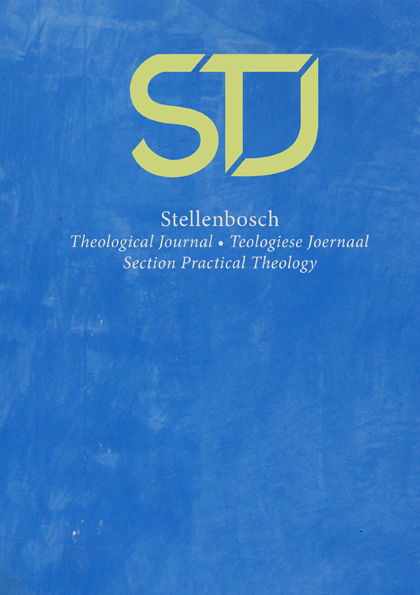Clements Kadalie, the trade unionist, and prophet Shepherd Bushiri
A case study of their personality and influence in Southern Africa
DOI:
https://doi.org/10.17570/stj.2021.v7n2.a3Abstract
The gold rush in South Africa required many workers, both skilled and unskilled, to work on the surface and underground in the recently discovered gold deposits on the Witwatersrand. Mining companies ventured to lure such labour across South(ern) Africa. As such, in the past century, trade union leadership and religious leadership in South Africa shared similar objectives. Clements Kadalie is one of those workers who reached South Africa to offer cheap labour and ended as a union leader. The post 1994 South African democratic dispensation attracted many people to pursue better economic opportunities. Shepherd Bushiri is one of them. This article engages in some theological reflections on these two leaders and their influence among the poor and destitute in South Africa, and by employing case study analysis.
Published
How to Cite
Issue
Section
License
Copyright (c) 2021 Modisa Mzondi

This work is licensed under a Creative Commons Attribution 4.0 International License.
https://creativecommons.org/licenses/by/4.0/
Authors who publish with this journal agree to the following terms:
Authors retain copyright and grant the journal right of first publication with the work simultaneously licensed under a Creative Commons Attribution License that allows others to share the work with an acknowledgement of the work's authorship and initial publication in this journal.
Authors are able to enter into separate, additional contractual arrangements for the non-exclusive distribution of the journal's published version of the work (e.g., post it to an institutional repository or publish it in a book), with an acknowledgement of its initial publication in this journal.
Authors are permitted and encouraged to post their work online (e.g., in institutional repositories or on their website) prior to and during the submission process, as it can lead to productive exchanges, as well as earlier and greater citation of published work.
Please note that erroneous copyright information is given in the PDFs before Volume 9, 2023.



